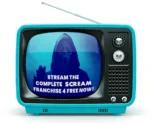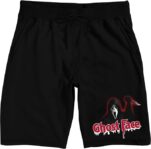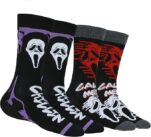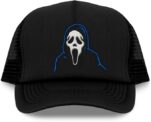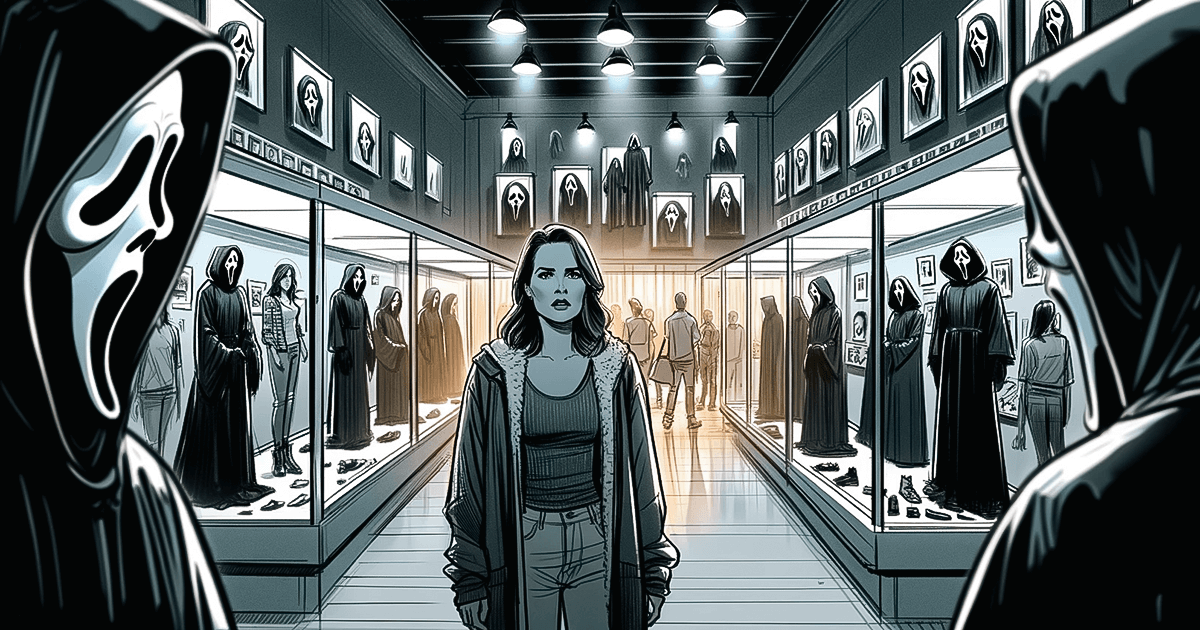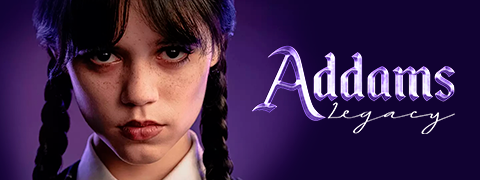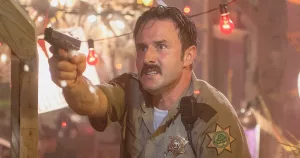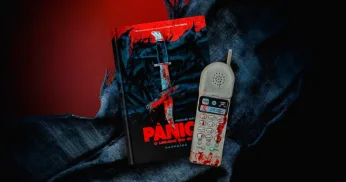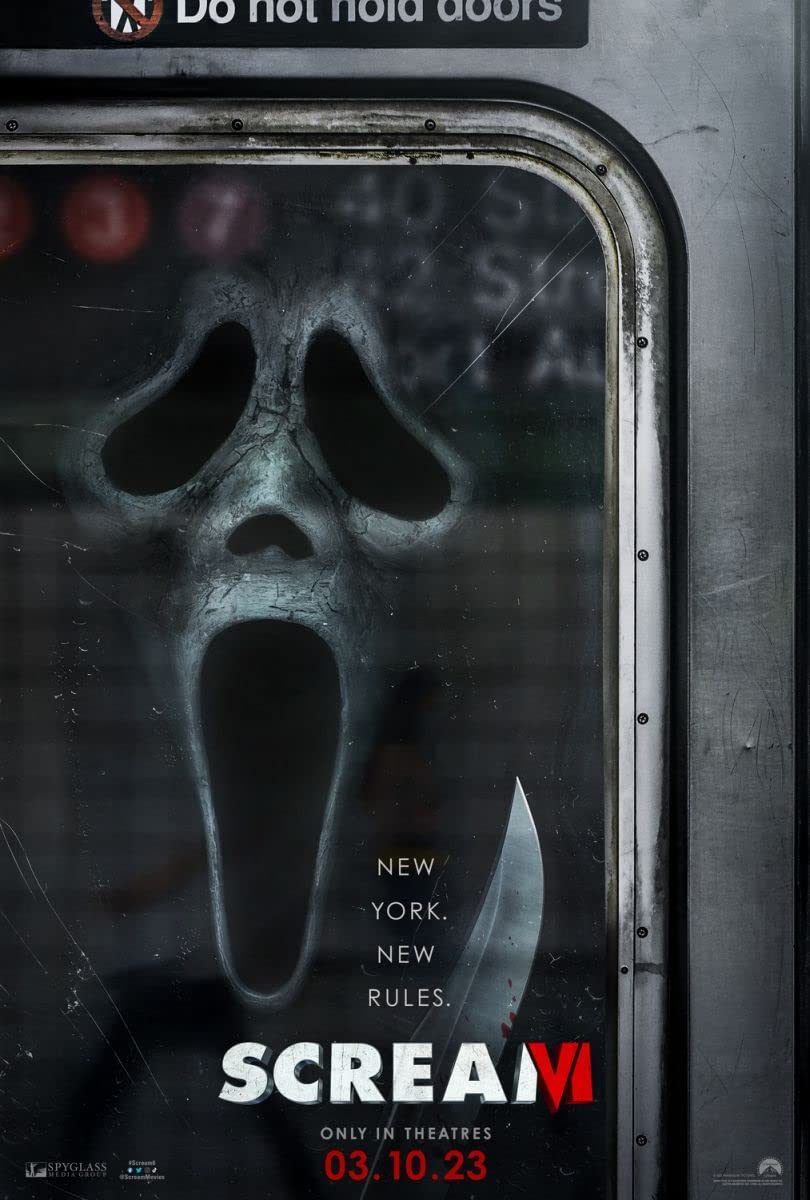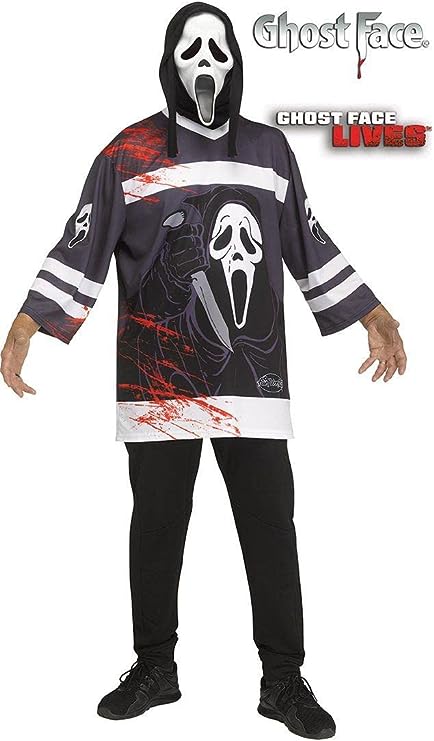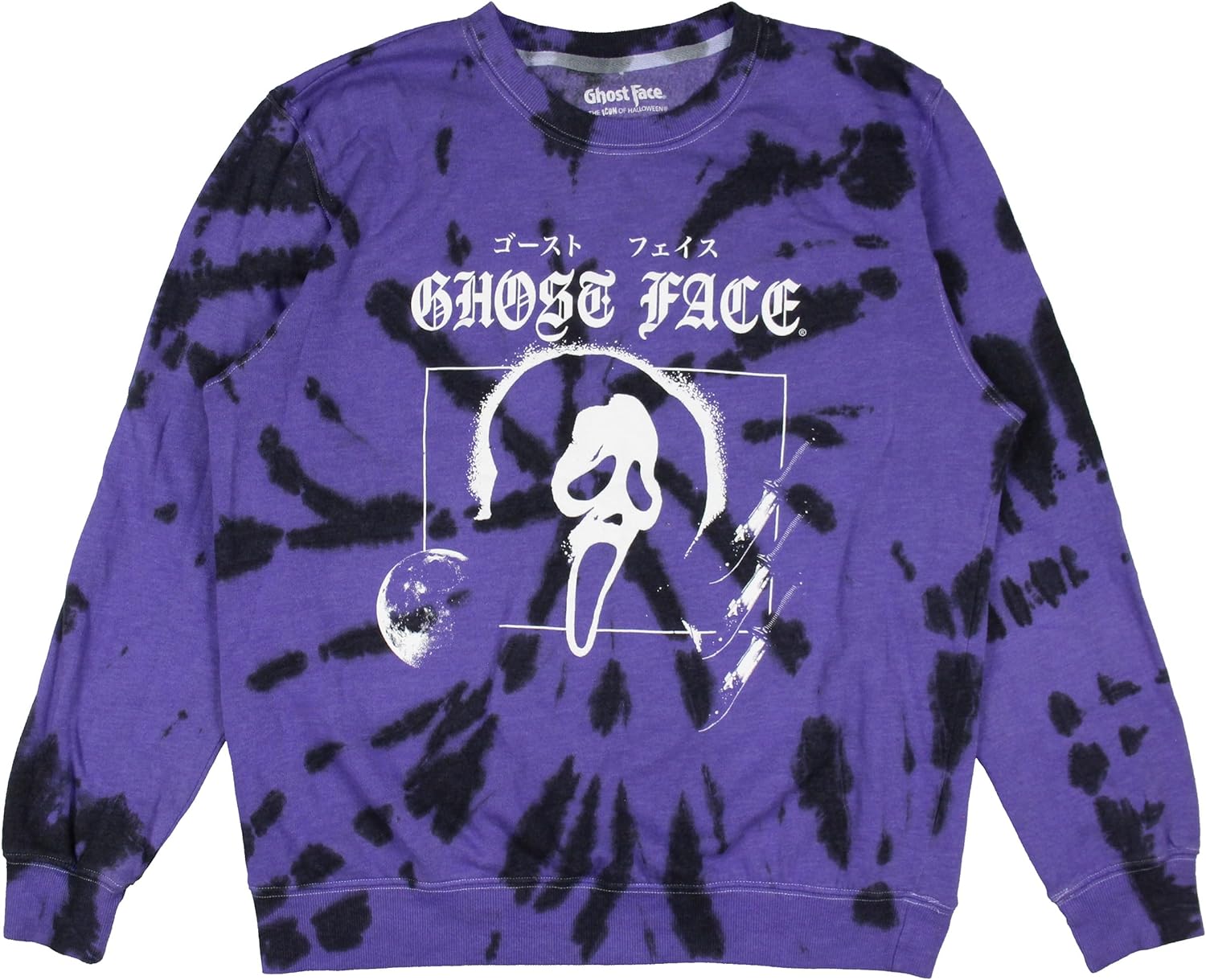The Scream 3 Web site breaks new ground by being an entertainment site, not simply as a promotional tool for the movie, but as a follow-on entertainment site with an original storyline separate from the movie, designed to augment the film with its own corporate mythology.
Rather than building a site that promoted a movie, D’Arcy Young, head of Miramax’s New Media, wanted to build a site that provided entertainment of its own, supplementing the movie. As he explains, “The Web site exists as a reward for seeing the movie. With enough entertaining content online, we estimated that we could get fans who had seen the movie to visit the site to get more out of what they saw. It was a grand experiment that worked.”
Creating the Back Story
The Scream movies include hip references to horror films such as Halloween, Friday the 13th, and Nightmare on Elm Street. Each movie is both a horror film and a parody of the horror film genre. Scream 3 employs both parody and Hollywood humor, including movie producers trying to keep their secret scripts off the Internet, an unethical journalist hoping to snag a Pulitzer, cell-phone-addicted adolescents, and Los Angeles drivers. Similarly, the Web site’s back story is a movie within a movie, full of suspects, clues, gags, and self-effacing wit.
In September 1999, with the Scream 3 premiere only three months away, Young contacted Amyn Kaderali, who had just written a thriller with a colleague named Brin Hill, and asked the two to conjure a 30-year history of the fictitious Sunrise Studios without benefit of the movie script. The writers spun a tale that included a corporate version of the studio’s history, a dark and sleazy past described by a disgruntled third party, and a version told by Gale Weathers, the local TV reporter character in the Scream trilogy. In planning the site, Young and the writers decided not to make references to Scream, but only to Stab, the fictitious trilogy produced by Sunrise Studios.
Because he assumed that most Scream fans would have low-bandwidth connections, Young planned narrative content in a nonlinear format that could be explored with varying amounts of depth.
When Kaderali and Hill delivered their story, Young introduced the writers to the Web designers at Chopping Block. Chopping Block had never built a site around a fictitious storyline, and the writers had never written content for a Web site.
“Because we had an organizing principle of three different perspectives, we began to group story chunks according to each of the perspectives: Pristine chunks belonged to corporate, sleaze belonged to the malcontent, and silly belonged to Gale Weathers. Once we organized the story by perspective, we looked for story chunks that could be translated into visual or interactive Web elements,” says Steve Bowden, Chopping Block’s lead designer for the Scream 3 Web site. Examples of these “chunks” include a security report, cancelled checks, a corporate memo, pages torn from an actress’ diary, and faded, yellow articles from a magazine called The Hollywood Reporter. The documents all contain hints of Sunrise Studio’s dark past and visually needed to look like material resurrected from the 1970s.
To support the multidimensional story, the team decided to create three separate sites: one called sunrisesucks.com to present the dark and sleazy history of Sunrise Studios from the malcontent’s perspective; Sunrise’s own site (aka the Scream 3 site); and a third for Gale Weathers. To make sure visitors would take in all three sites, the designers added clues within the malcontent’s site that would direct fans to the other sites. For example, at the bottom of the sunrisesucks.com home page, the malcontent directs visitors to “keep an eye on galeweathers.com where more secrets will be revealed.” In a section on the malcontent’s site called “More Sunlies,” fans are directed to look at a film called Shutout! in the filmography section on the Sunrise Studios site. The malcontent also draws attention to the fact that an actress’ name is missing.
How the Site Came Together
With a basic blueprint in place for three separate sites, Chopping Block began to work on the largest interactive section in all three sites the film archive on the Sunrise Studios corporate site. Chopping Block took the writers’ list of movies and named the section “Filmography.”
An interactive synopsis page for each movie contains links to daughter windows triggered by JavaScript. Links display windows with Flash screens containing individual movie posters and secondary daughter windows containing cast biographies with head shots.
Chopping Block designers created 50 separate movie posters. After researching actual horror films, they would read a film’s synopsis and then design its poster. For realistic detail, each poster contains a Sunrise Studio logo that evolves several times over the 30-year history. Nine of the interactive movie screens also hold links to downloadable QuickTime trailers embedded in Flash daughter windows triggered by JavaScript. Kaderali and Hill wrote, shot, and directed all nine trailers in two weeks. Friends of the Chopping Block team created original music for the site’s Jukebox, a separate Flash window that streams MP3 sound.
Miramax hired actors and actresses to pose for the headshot photos. With 50 films, the pool of names for actors’ and actresses’ “real” names and film character names became very large. Even though Kaderali was an “inventor of names,” he says it was “hard to keep everyone straight.” The site’s Suspect Map, created with a scrollable horizontal Flash panel, came about because the design team needed to keep track of characters.
The corporate site is the most structurally complex of the three. Because of its size and many links, the Sunrise Studio site needed both left and right navigation panels. Chopping Block’s Bowden describes the structure of the corporate site as “left and right navigation firing into the center.” The frames made it possible to separate a navigation panel from the content it controls. Daughter windows hold biographies, music, and videos, giving visual impact and viewer control over a neat and concise structure that’s composed of several components.
The malcontent’s and Gale Weathers’ sites are much less complex, built with a simple frame set and horizontal navigation bar.
As the sites neared completion, the team needed to come up with a device that would remind readers of the site’s connection to Scream 3. The solution was to create an opening Scream 3 Flash animation. When visitors type the Scream 3 URL (www.scream3.com), they see the animation that tells them they are entering the Scream 3 Web site. Visitors are then taken immediately to the Sunrise Studios main menu, and all direct reference to the Scream trilogy ends. However, even though the home page has links to the three separate sites and the opening Flash animation informs visitors they’re entering the Scream 3 Web site, there’s evidence many fans believe the Sunrise Studios is a real place. The Sunrise Studios employment section is so convincingly detailed that Miramax has received several resumes from Web-site visitors.
Just the Beginning
If the Scream 3 site sets the standard, the newest team member on future Web entertainment projects could be a writer or storyteller who collaborates with designers. Writers who have worked in television and film consider the Web to be a “crossover” medium and are discovering that Web storytelling requires a narrative just as any other medium does. In television and film, writers produce a linear narrative, but on an interactive Web, entertainment takes on a nonlinear dimension that taps the creative skills of both writers and designers.



